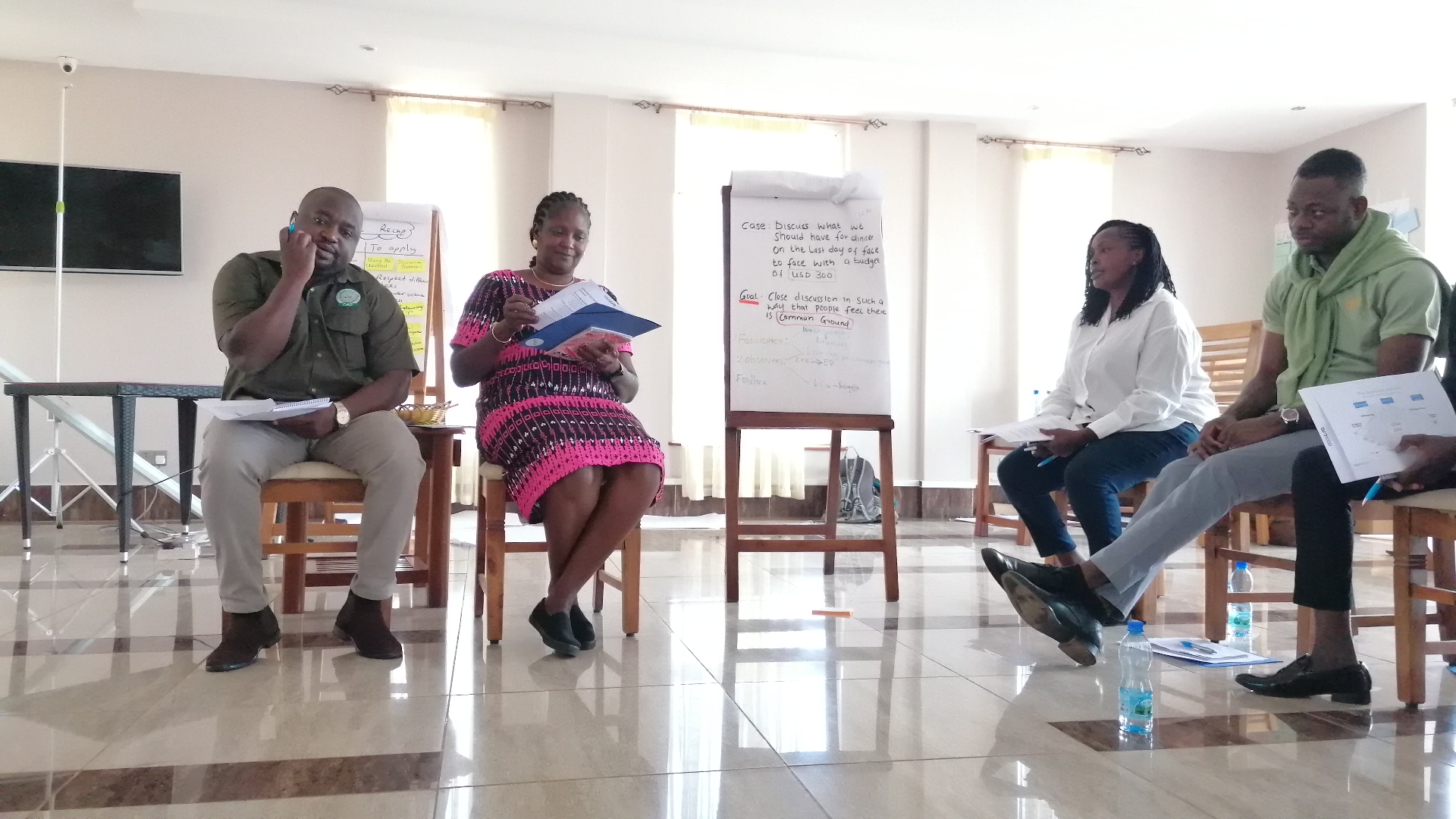Imagine you are providing a popular training, your session is packed with motivated participants and they are eager to get started. Should you take the time to thoroughly introduce your topic? Or does it pay to dive straight into the theory?
I assume you know the answer: always take time for an introduction.
I know this too, but still I am often so preoccupied with my training’s content that I spare only a few words for the introduction. I might only mention the session’s objective and then dive straight in. I notice that when I make this mistake it takes longer for participants to really grasp the material. Later, they are also more likely to ask questions about ideas I have already mentioned.
Can you relate to this? Do you sometimes rush through your introduction?
It’s like with a sore tooth. The pain comes and goes. When you finally get to the dentist, sometimes the pain seems completely gone. You wonder if you came for nothing. The dentist then grabs his pliers that look like a nasty fishhook and touches the tooth. Ouch. Suddenly you remember why you are there.
It works the same way with an impactful introduction. A good introduction can bring people to the edge of their seats if you consciously touch on the challenges (the pain) they experience in their daily lives and if you can offer a very concrete solution. Even those who have reluctantly come to your training start to become curious. The key is to empathize with the challenges your participants experience in their daily lives and connect them to your topic. In a few short steps, I will explain how you can achieve this. Are you ready?
3 step to design an impactful introduction:
- Put the pain on the table
- Make a promise
- Present a ‘clickbait’ program
Step 1: Put the pain on the table:
First, describe very concretely one or two scenarios that participants can immediately recognize in their own professional lives. Of course, these situations should relate to the context of your training topic. You must mention the negative effect of this difficult situation if it isn’t handled well. Then, check your participants recognize this situation.
Step 2: Make a promise
Then make a promise to teach them something that will alleviate this problem. What will they learn? Describe the approach they will learn to tackle the difficult situation and the positive effect it will bring.
Step 3: present a ‘clickbait’ program
Next, you explain how you will teach them. Showcase your short program using terms that trigger curiosity. This text is the introduction to your training, but you can also use it on your website, social media or in an acquisition conversation. Future clients will get a clear idea of what they will learn from you.
Here’s an example: the introduction for a training on dealing with difficult interactions as project manager.
1. Put the pain on the table:
“Do you recognize this situation? A while ago, I was working on a project where a party was constantly being difficult about the budget allocated to them. I told them several times that there was nothing I could do about it. In the end, they became increasingly obstructive, few of our activities came to fruition and I look back on the experience negatively. In a different project I had to tell someone that the quality of the work they were delivering needed to be better. I found that difficult and it didn’t come across well in the end. It remained uncomfortable in the collaboration. Have you ever experiences similar situations as a project manager? Or seen a similar situation occur?”
2. Make a promise
“In this training you will learn how to calm an angry party, make sure they listen to your side of the story and reach a solution together to avoid harming your relationship or the project’s goals.”
3. Present a ‘clickbait’ programme
“We will do this by exploring four main topics:
- Active listening on 2 levels
- Firmly but kindly delivering the message
- Helping the other to suggest a solution
- Moving forward together again”
Hopefully this gives you an idea how to use the three steps yourself to make a killer introduction to your training or course. Either during the training or in the promotion of your training. Let us know what you think!


